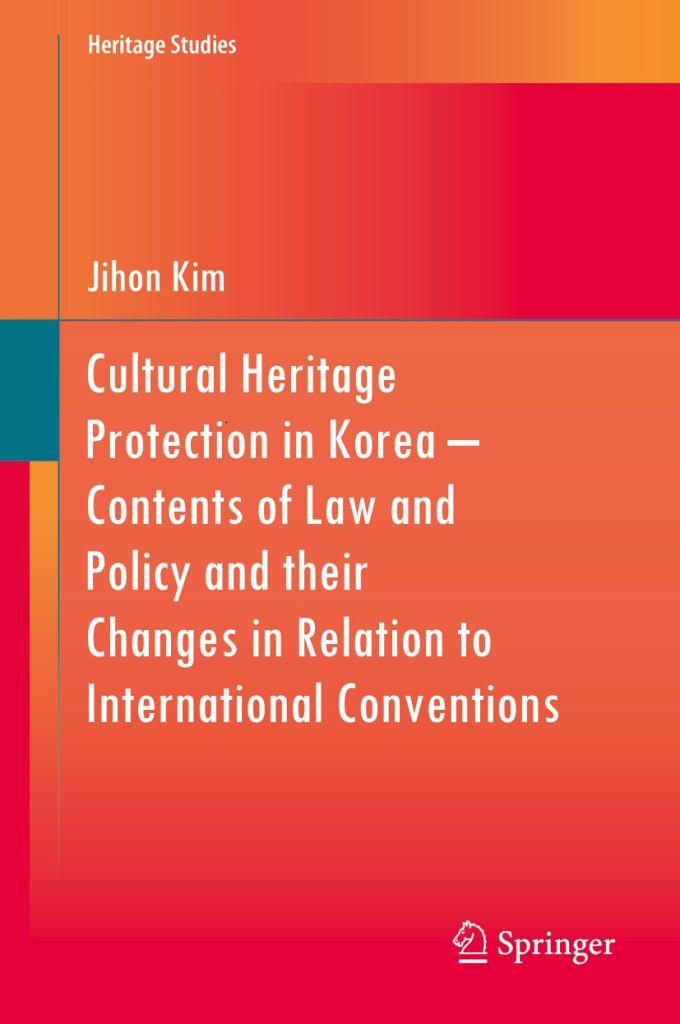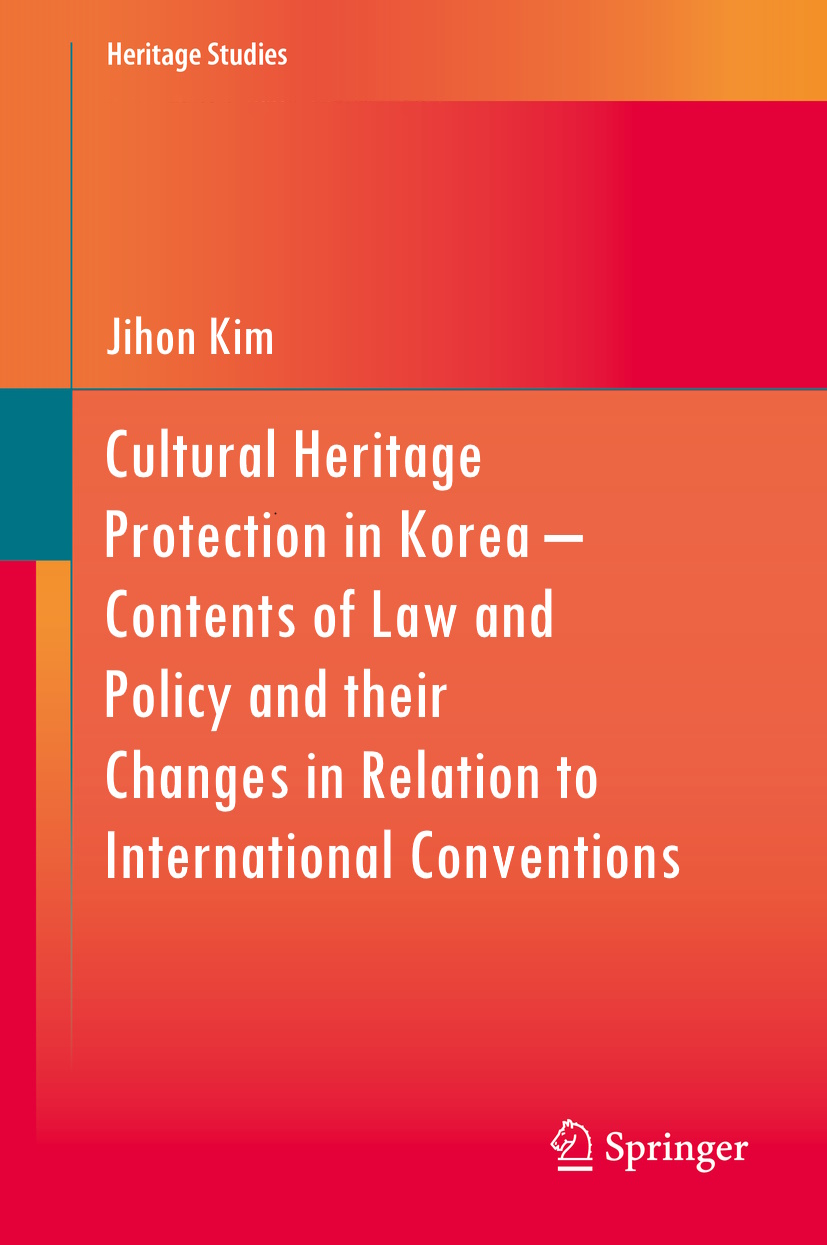
The Mughal Empire’s Vision of Paradise on Earth: Architecture, Gardens, and Cultural Legacy

Exploring the Legacy of the Great Mughals: Art, Architecture, and Cultural Harmony
An illuminating exhibit at the Victoria and Albert Museum in London titled The Great Mughals: Art, Architecture and Opulence offers an extraordinary lens into one of the most dynamic and artistically fertile periods in South Asian history. Curated by Susan Stronge, the exhibition showcases more than 200 exquisitely crafted objects emblematic of the grandeur, cross-cultural fluency, and artistic sophistication of the Mughal Empire from roughly 1560 to 1660 CE.
The Era of the Great Mughals
The Mughal Empire, founded in 1526 by the Central Asian ruler Babur, reached its zenith under three successive emperors: Akbar (1556–1605), Jahangir (1605–1627), and Shah Jahan (1628–1658). Far from operating in isolation or as mere conquerors, these monarchs cultivated a richly syncretic culture by embracing and merging artistic traditions—as the exhibit vividly illustrates.
Shah Jahan’s famous invocation of the Persian poet Amir Khusrau’s line—“If there is Paradise on earth, it is this, it is this, it is this”—captures the aesthetic ambitions of an empire not just concerned with power but with artistic excellence and transcendent beauty.
Cultural Syncretism at Its Zenith
A hallmark of Mughal art lies in its fluid incorporation of varied cultural and religious motifs. The exhibit includes illustrated manuscripts with narratives from the Hindu epic Ramayana alongside Persian folklore. Panels depict goddess-like figures and mystic sages from this hybrid world, showcasing the Mughals’ pluralistic embrace of India’s diverse heritage.
This cultural confluence is further echoed in objects such as a Chinese-inspired jade wine cup made for Shah Jahan, which features lotus motifs drawn from Hindu iconography and acanthus leaves from European art. Such works embody the political and aesthetic vision of an empire situated at the intersection of East and West.
The Persianate Influence and Global Networks
The Mughals were major players in the Persianate world—a vast cultural and commercial network that stretched from Istanbul to Bengal. Persian remained the language of administration and high culture, a choice reflecting ties to both Central Asian lineage and the cosmopolitan silk routes.
Diplomatic gifts and trade further enriched Mughal aesthetics. From the Portuguese came techniques in metal enameling, which imperial goldsmiths adapted to create dazzling weaponry and jewelry. Jesuit missionaries introduced botanical drawings that would influence Mughal inlaid marble—the parchin kari technique—culminating in the splendor of the Taj Mahal.
The Pragmatic and the Profound
Beyond imperial commissions, the museum’s collection also brings attention to everyday artistry. Brass eating utensils, embroidered coats, and furniture inlaid with mother-of-pearl highlight how artisanal excellence permeated all layers of society. A standout is a fall-front chest from Gujarat, made for European merchants, which fuses Indian woodcraft with colonial commercial demands.
Opulence and Spiritual Grandeur
At the peak of their power, the Mughals were not content with simple opulence. Their grand vision also served spiritual and philosophical goals. Whether in the ethereal detailing of Mughal miniature paintings or the engineered symmetry of their architecture, the goal was transcendent beauty. From intricately embroidered royal hunting coats to the 249-carat spinel gifted to Jahangir—on view from the al-Sabah collection—their possessions communicated cosmic order as much as temporal prestige.
Decline and Lasting Impact
As the 17th century wore on, internal rebellions and the encroachment of the British East India Company led to the Mughal Empire’s gradual decline. Yet their legacy of artistic and cultural innovation endured. The final gallery juxtaposes imperial marble screens with cuerda seca glazed tiles, a reminder that even as political power waned, the Mughal aesthetic and cultural vision continued to influence art, architecture, and imagination for centuries to come.
Telling a More Nuanced History
In contrast to colonial-era narratives that depict the Mughals as foreign invaders or antithetical to Indian civilization, The Great Mughals exhibition offers a vital corrective. It spotlights how deeply embedded the empire was in India’s cultural fabric—adapting, influencing, and being influenced by the many traditions, religions, and peoples it governed.
Conclusion
The Great Mughals: Art, Architecture and Opulence is more than an art exhibition—it is a reintroduction to an empire that valued plurality, innovation, and beauty. It invites modern audiences to reassess history not along rigid lines of religion or ethnicity, but through the lens of creativity, cross-cultural collaboration, and shared heritage.
This dazzling exhibition runs through May 5 at the Victoria and Albert Museum in London, offering an unmissable experience for art lovers, historians, and all who value the power of culture to transcend boundaries.